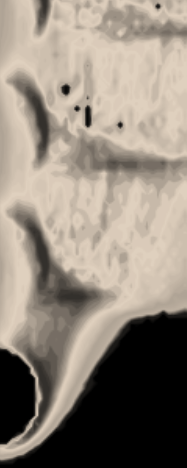Dynamic Response of the Environment At the Moon
DREAM scientists identify new sources of lunar pickup ions using ARTEMIS in the geomagnetic tail May 9, 2013
Led by postdoc Andrew Poppe at the University of California at Berkeley, DREAM scientists have used recent data from NASA's twin probe ARTEMIS (Acceleration, Reconnection, Turbulence, and Electrodynamics of the Moon's Interaction with the Sun) mission to investigate the thin neutral atmosphere surrounding the Moon by looking at the trajectories of ions originating from the lunar atmosphere. These ions were detected by ARTEMIS while the Moon crossed Earth's geomagnetic tail, where the Moon is protected from the energetic blast of solar wind particles. By modeling the expected distribution and intensity of ions originating from the Moon's thin atmosphere and comparing the model to the ARTEMIS data, the DREAM members calculated new upper limits to the density of several species thought to be in the lunar atmosphere. Additionally, the model also suggests that while the Moon is in the magnetotail, the lunar atmosphere shifts away from the lunar sub-solar point towards the dawn terminator. The DREAM scientists believe the reason for this is that while the solar wind will tend to generate an exosphere centered on the sub-solar point as it bombards the Moon, the shielding nature of Earth's magnetic tail causes a secondary source of the lunar atmosphere, micrometeoroid bombardment, to become dominant. Measurements from both space and Earth have shown that micrometeoroids preferentially impact the Earth-Moon system from the dawn-ward direction and thus, may generate an atmosphere at the Moon that is centered around dawn.
The paper is currently in press in the Journal of Geophysical Research - Planets:
http://onlinelibrary.wiley.com/doi/10.1002/jgre.20090/abstract


